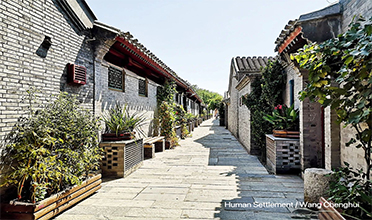


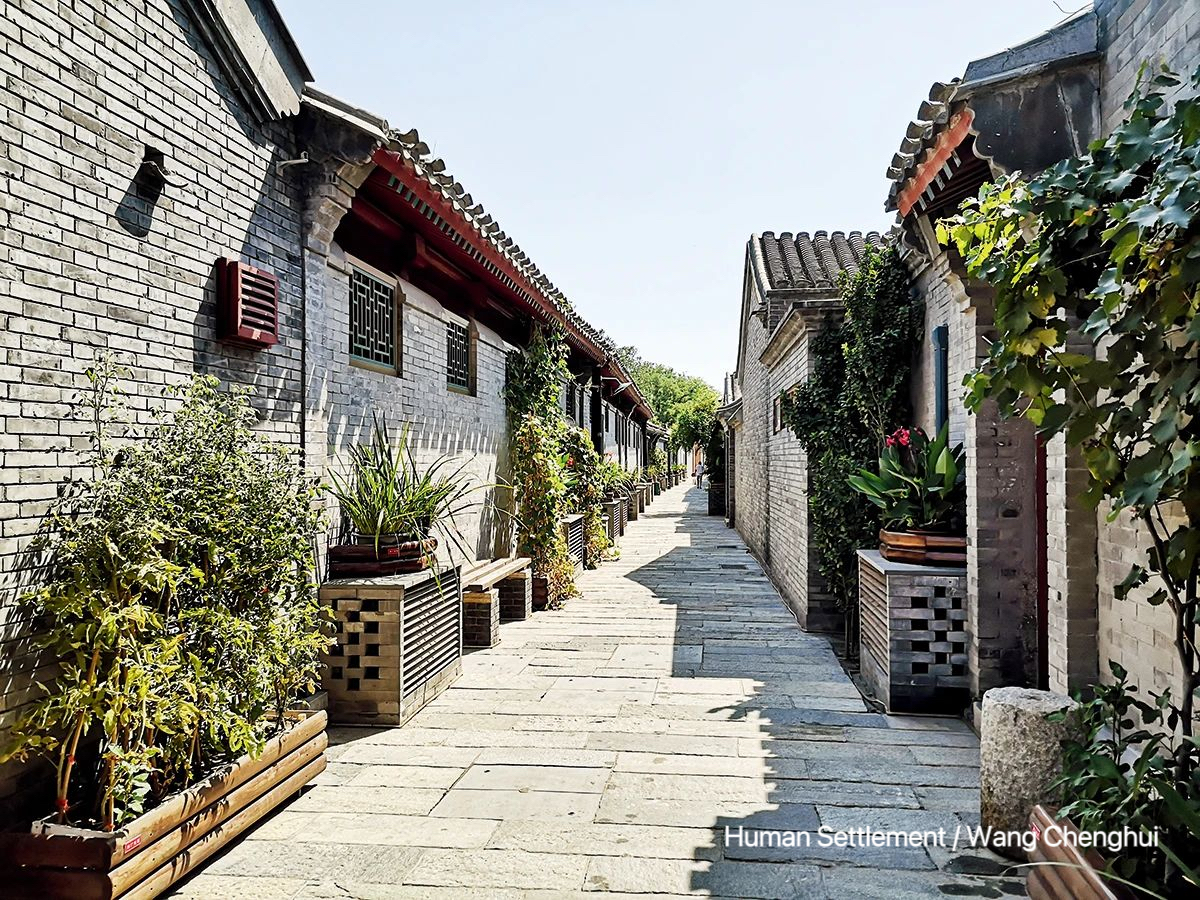
1. Community Regeneration and Community Governance
When a house breaks down over time, homeowners will repair it if they are capable and willing to do so; otherwise, the house will gradually get into worse condition. For a community formed by a collection of houses, if most of them are decrepit or roads are in disrepair and the facilities are obsolete, will lead to an increasing risk of decaying community. There is a specific term in criminology and sociology called the "broken window effect", which means that if the window of a building is broken but not repaired in a timely manner, more broken windows will appear. This visible deterioration of physical space has complex socio-economic causes and is associated with social and economic decay in a cyclical mechanism.
Community regeneration program is a comprehensive and integrated community development strategy and action taken by relevant subjects based on a certain system or mechanism with the intention of solving problems in the physical space, economic and social structure of a community that is backward, decayed, or dysfunctional due to historical, natural, and social reasons. Due to the complexity of the causes of community problems, community regeneration strategies should be comprehensive and integrated, and can promote the long-term healthy development of the community in terms of physical space, economic development, and social structure.
Community regeneration is inevitably accompanied by changes, which involve many individual residents and stakeholders, and the scale and speed of changes in interests involved in the process of change are also different. Regardless of the scale of community regeneration project, it must involve the joint actions of multiple stakeholders, which is in line with the basic characteristics of governance: reconciliation of interests, common development, and continuous actions.
2. Good Governance in Community Regeneration
Even the smallest scale of urban regeneration, like individual house repairment and redecoration—involves the handling of neighbourhood relations due to traffic, noise and other reasons, and the cumbersome nature of the interests involved in large-scale regeneration can be imagined. In fact, the emergence of large-scale community regeneration in modern cities has been a source of great controversy. In the late 1950s slum renewal project in Boston's West End has long been a textbook classic, in which similar or different versions of the government's intentions and administrative role, the interventions and appeals of cultural figures concerned with the neighbourhood, and the awakening of a sense of community among residents have been appeared repeatedly around the world.
In community regeneration process, the lack of general consensus of the action would lead to a failure in governance even if the actions are completed, when it is impossible to reconcile different interests and promote common development. In some community micro-regeneration projects in China, it is not uncommon that the implementation is not effective due to the lack of a specific consultation platform and opinion response channel. Although micro-regeneration is small scaled, it also often faces failure, and requires the construction of a project operation mechanism led by good governance.
Good governance does not refer to governance with good intentions, but good that means an ability to coordinate the sustainable joint actions for common development among different stakeholders. Good governance is based on legal, transparent, stable, incorruptible, fair, and efficient systems and mechanisms, with great responsibility and consulting capability of specific subject (Figure 1, 2).
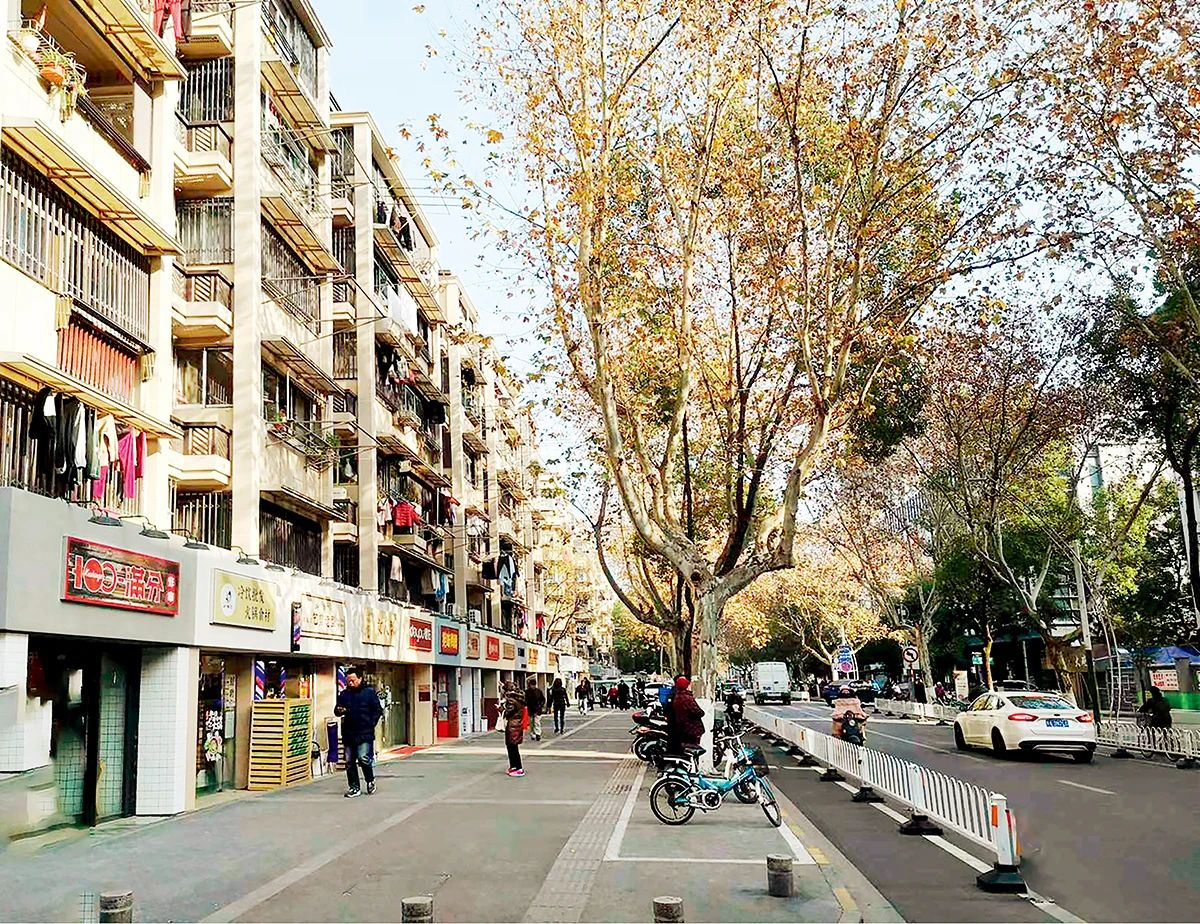
Figure 1: Building renewal and environmental improvement along the street in Nanjing's South Lake community
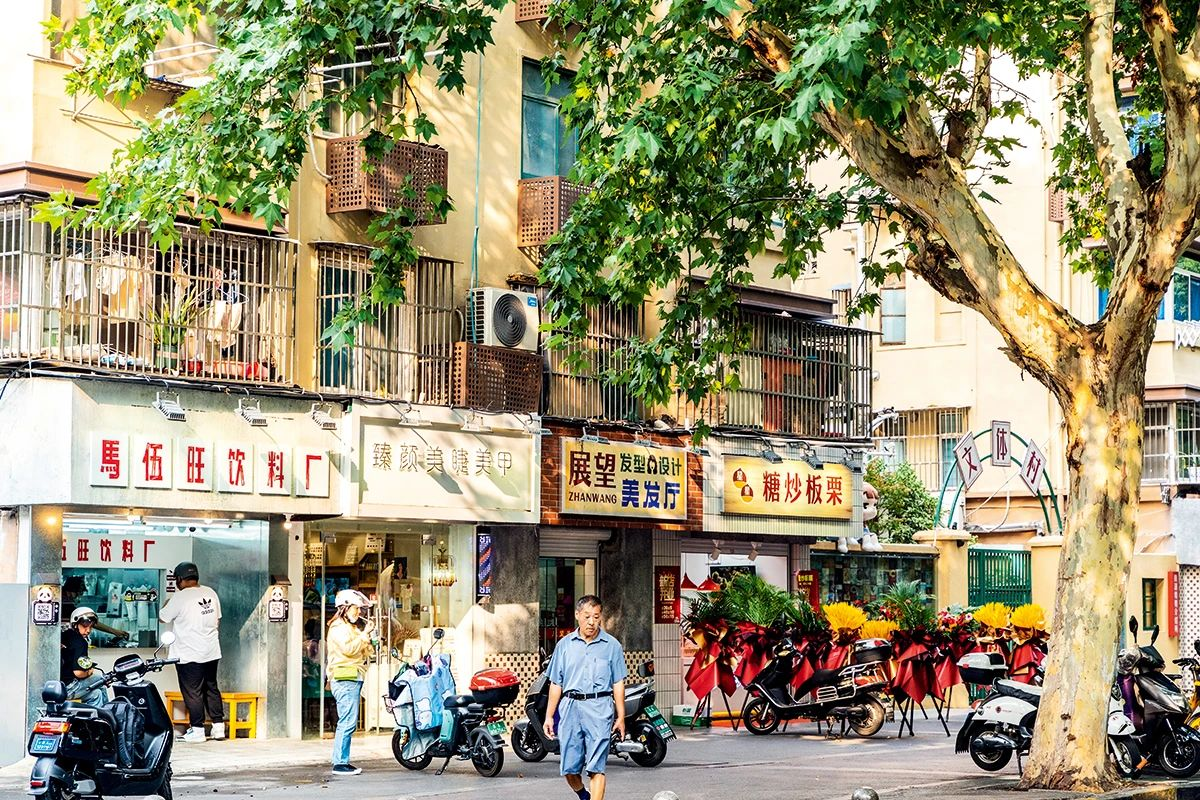
Figure 2: New stores along the street in Nanjing's South Lake community
From the perspective of urban and rural planning, in community regeneration process, it is necessary to pay attention to the spatial areas of different levels of the community that are related to property rights and decision rights, the practice subjects that promote community regeneration, and the social capital network among multi-subjects. In Nanjing, for example, there are many explorations to promote good governance—the government pay more efforts on livelihood projects such as adding stairs, repairing dangerous buildings, and providing supportive refined policies; building public platforms for multiparty deliberation in liveable neighbourhood projects; creating coordinating role of public members of Urban Governance Committee at the city, district, and street levels in some projects; promoting residents' participation in neighbourhood governance by some great community social organizations. And there are some excellent community committees in the micro-regeneration of community public space, the rare property owners' self-organized renovation of dilapidated houses that took eight years (figure 3).
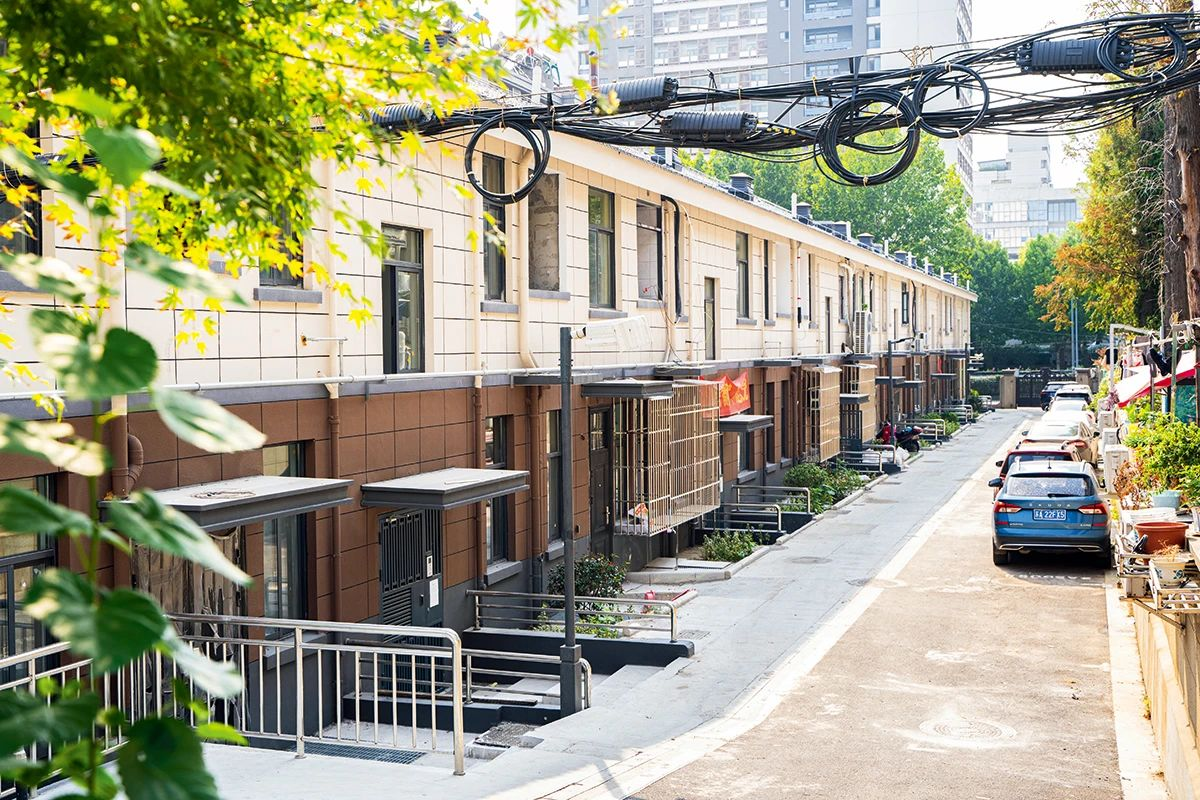
Figure 3: The first property owner self-financed renovation project of dangerous houses in Nanjing
3 Promoting Good Governance in Community Regeneration Through Planning and Design
The planning and design industry is one of the main actors in the social network associated with community regeneration. In many practices, the role of urban planner and designer is rather awkward. To achieve immediate results in many projects, an analogy is to do "renovation" in a community, but the planner does not know how to draw construction drawings. Planning and design industry is not to provide immediate short-term results, but to help communities develop with a broader perspective. Planning and design have a professional ability that other entities do not have, namely, to bridge the macro, meso, and micro barriers, provide urban resources to support communities, build systematic community assets, actively expand social capital, and enhance community resilience, thus reconciling the interests of all parties and promoting the healthy development of communities and the broader urban social spaces.
3.1 Planning and management improving mechanism
Planning management departments should improve the targeted provisions on community regeneration in urban regeneration regulations, establish corresponding regeneration procedures in different cities according to their own situations and local conditions, standardize the planning preparation or project approval for different types of community regeneration, and strengthen the timely response to community regeneration initiated from the bottom up and in compliance with the procedures. The government has an inherent advantage in resource linkage, and a well-supported planning management is extremely effective in expanding the social capital network for community regeneration.
3.2 Exploring Community Regeneration Planning Methods
Community regeneration planning becomes a necessary basis for management and project approval if it involves a wide range, a large scope, and a deep impact with lots of stakeholders within a long-time span. Community regeneration planning emphasizes the interaction and mutual promotion between physical and non-physical spatial elements, spatial enhancement, and regeneration mechanisms to help communities build systematic community assets. Community regeneration also pays special attention to the harmony and stability of the process, which requires the special formulation of appropriate phased project plans and associated supportive policies, which requires active exploration of new planning methods (figure 4).
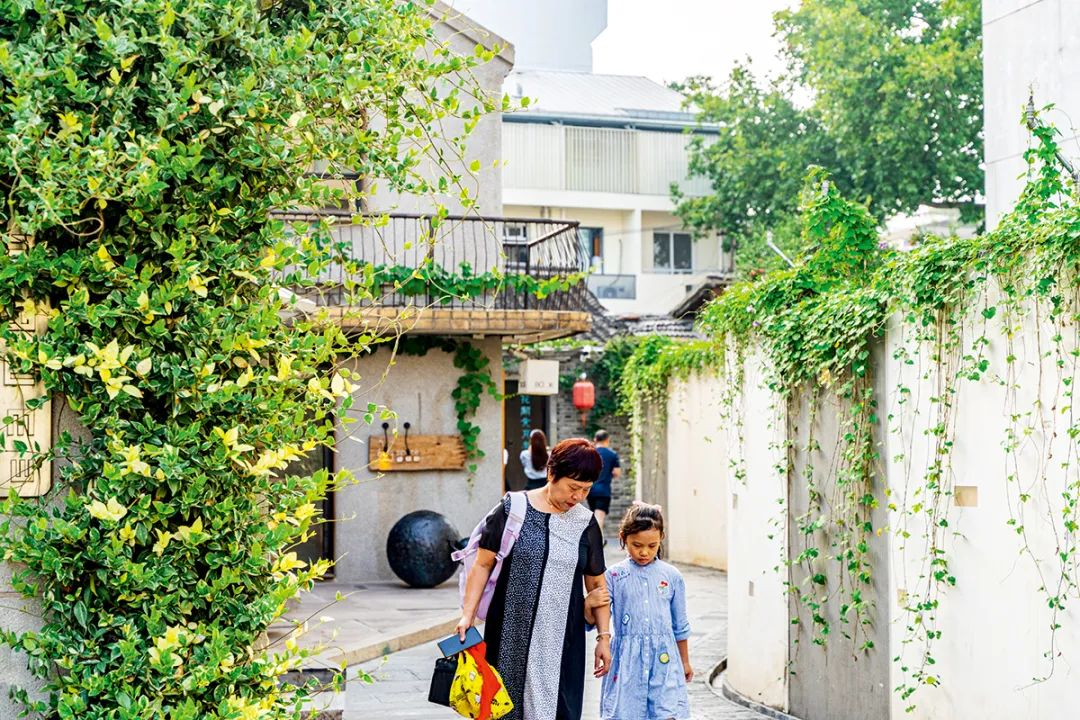
Figure 4: The updated living sense of Nanjing's Xiao Xihu Historic District
3.3 Strengthening community resilience
There are intermingled good and bad community response capacity in China's epidemic prevention and control, highlighting the unevenness of community resilience. In terms of physical space resilience, shortcomings can be identified through the community participation deliberation platform, while corresponding projects and action plans can be developed to ensure the safety of buildings and municipal infrastructure and improve the redundancy and flexible adaptability of community public facilities and public spaces. However, without the support of social resilience, physical space resilience will not be fully developed. Community regeneration practice, on the other hand, is a good opportunity to hammer out community social resilience. The deliberative and participatory mechanisms in community regeneration projects help to promote social trust and strengthen social cohesion and can continue to function after the projects are completed (figure 5).
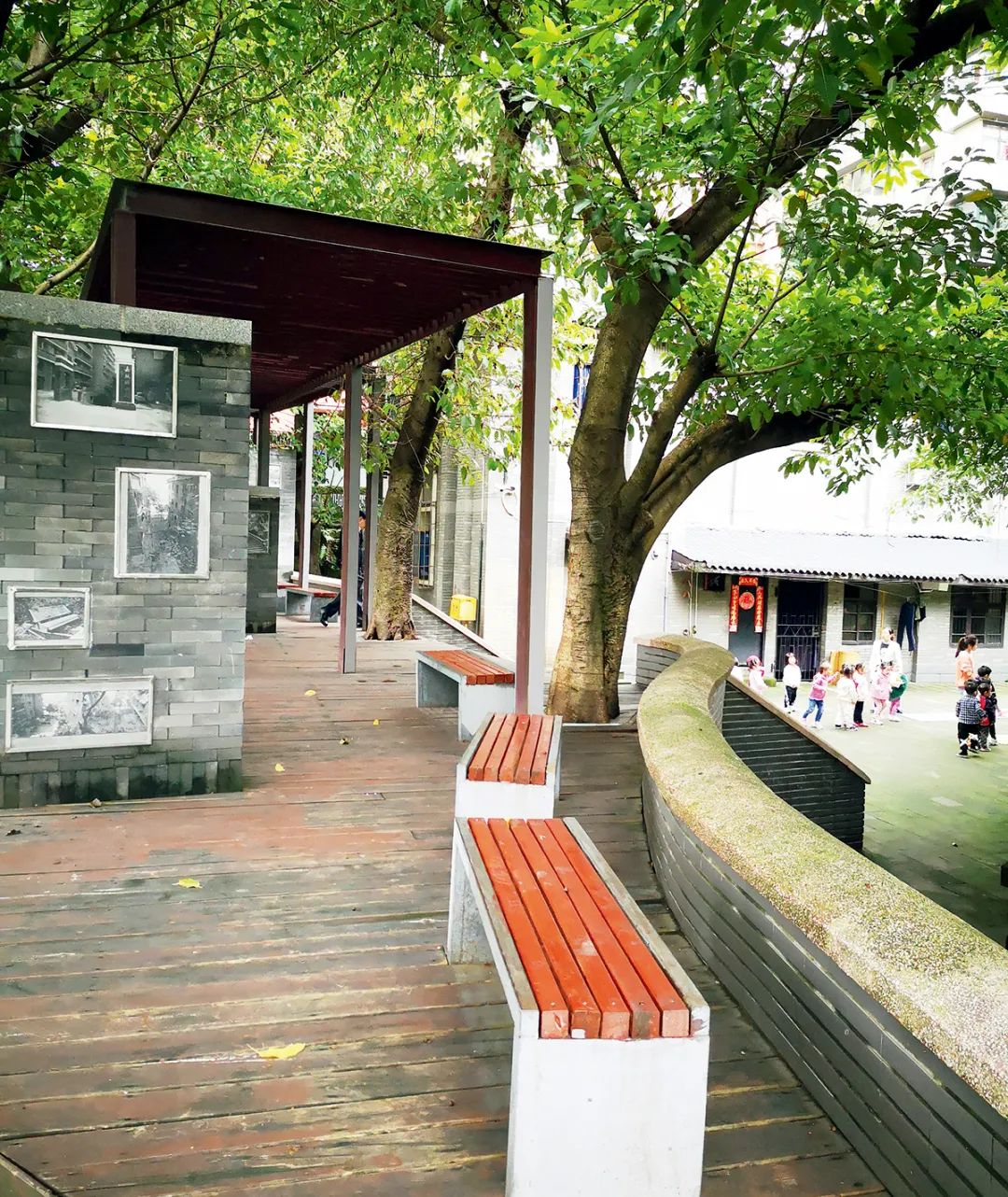
Figure 5: The combination of cultural and community places in Chongqing Jiaxi Village
3.4 Provide supportive urban design guidance
Community regeneration involves a great deal of expertise, and the cost of regular micro-regeneration is much lower than the cost of large-scale regeneration. Planning-aware urban design is also a point where planners can contribute to community regeneration. For example, a community in need of historic and cultural conservation should make community residents and even the public get aware of the basic requirements of historic conservation; a community heading toward aging needs to know how to gradually adapt to aging situations. Local planners and designers can formulate various types of community regeneration guidelines adapted to the local conditions to provide professional support for the daily regeneration practices of communities.
4 Conclusion
The biggest difference between the concepts of "community regeneration" and "settlement regeneration" is that the former focuses more on people and attaches more importance to the mutual promotion of physical spatial regeneration and community socio-economic development. Based on good governance, community regeneration does not end with the completion of the project, but the governance mechanism formed in the project and the refined governance capacity, then make every people, organization and institution involved grow and develop. The planning and design industry, with its mission to make cities and towns better, can provide fuller professional support for community regeneration practices.
Author: Wang Chenghui,School of Architecture, Southeast University
Source:<https://mp.weixin.qq.com/s/sYdfM_JINELIymYp8P9KNA>
Translated by Zhang Chenxi